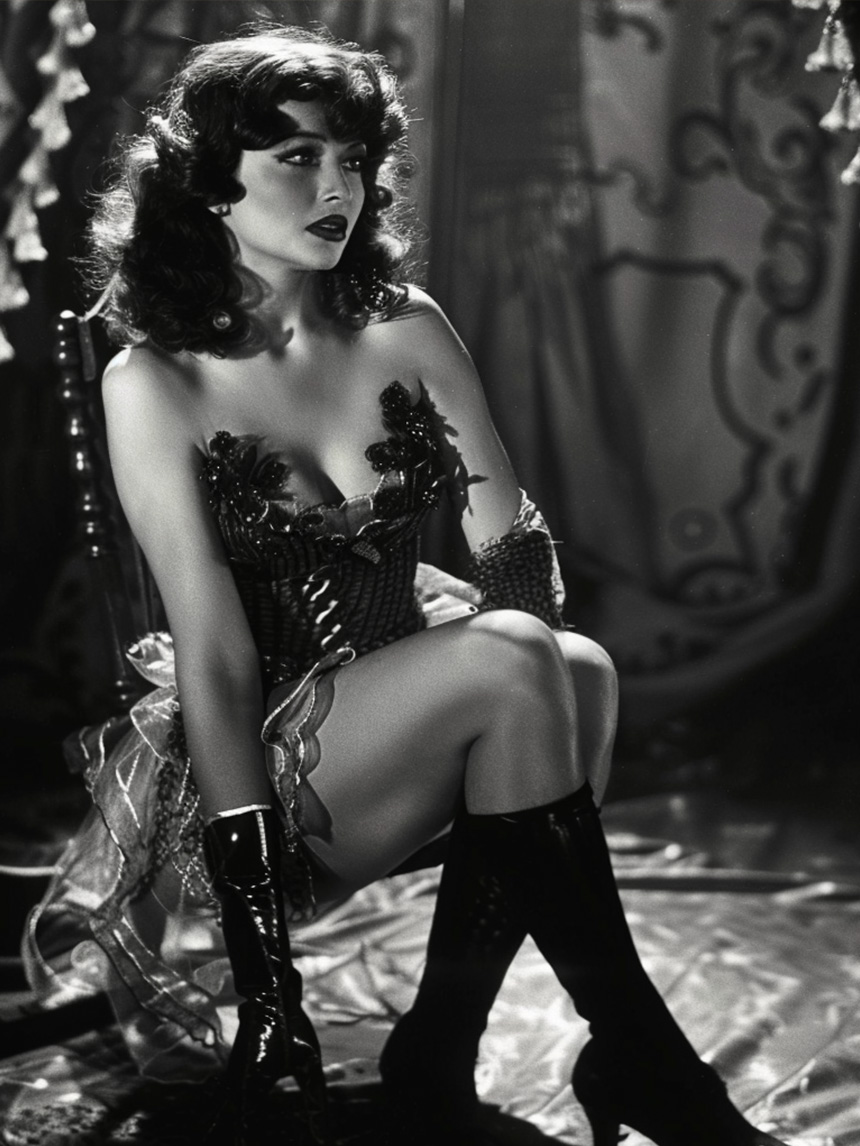Burlesque has a rich and vibrant history, tracing its roots back to the 16th century. Originally, it was a form of literary and theatrical entertainment that used humor, satire, and parody to mock highbrow culture and social norms. The word "burlesque" itself comes from the Italian "burlesco," which means to joke or ridicule.
Early Origins
The earliest forms of burlesque can be found in the works of playwrights like Aristophanes in ancient Greece and Roman poet Horace, who used satire to critique society. In the 17th century, burlesque found a new home in Italy, where it began to take shape as a theatrical genre that combined comedy and music.
Victorian Burlesque
By the 19th century, burlesque had evolved into a popular form of entertainment in Britain and America. Victorian burlesque was characterized by its use of risqué humor, parody, and elaborate costumes. It often featured female performers who would satirize well-known classical and contemporary works, poking fun at the serious tone of these productions.
American Burlesque
In the late 19th and early 20th centuries, burlesque in the United States began to take on a new form, blending elements of vaudeville, minstrel shows, and traditional burlesque. It became synonymous with striptease and adult entertainment, featuring bold, provocative performances that celebrated female sexuality and empowerment.
Golden Age
The 1920s to 1940s are considered the Golden Age of American burlesque. Iconic performers like Gypsy Rose Lee, Tempest Storm, and Sally Rand became household names, known for their charismatic stage presence and innovative routines. Burlesque shows were a staple of American entertainment, drawing large audiences to theaters across the country.
Decline and Revival
By the 1950s and 1960s, burlesque began to decline due to the rise of television and changing social attitudes. Many theaters closed, and the art form seemed destined to fade away. However, burlesque experienced a resurgence in the 1990s and early 2000s, driven by a new generation of performers who embraced its rich history and brought a modern twist to the genre.
Neo-Burlesque
Today's burlesque, often referred to as neo-burlesque, combines elements of the traditional art form with contemporary influences. It is a celebration of diversity, body positivity, and empowerment. Modern performers draw inspiration from a wide range of sources, incorporating everything from classic striptease to avant-garde theater and performance art.
Burlesque Today
Burlesque has firmly established itself as a respected and dynamic art form. Festivals and events dedicated to burlesque can be found around the world, showcasing the talent and creativity of performers who continue to push the boundaries of the genre. In addition to entertainment, burlesque has become a powerful platform for social and political commentary, addressing issues such as gender, sexuality, and identity.
The enduring appeal of burlesque lies in its ability to entertain, provoke, and inspire. It is a testament to the resilience and creativity of performers who have kept the spirit of burlesque alive through centuries of change and evolution.

